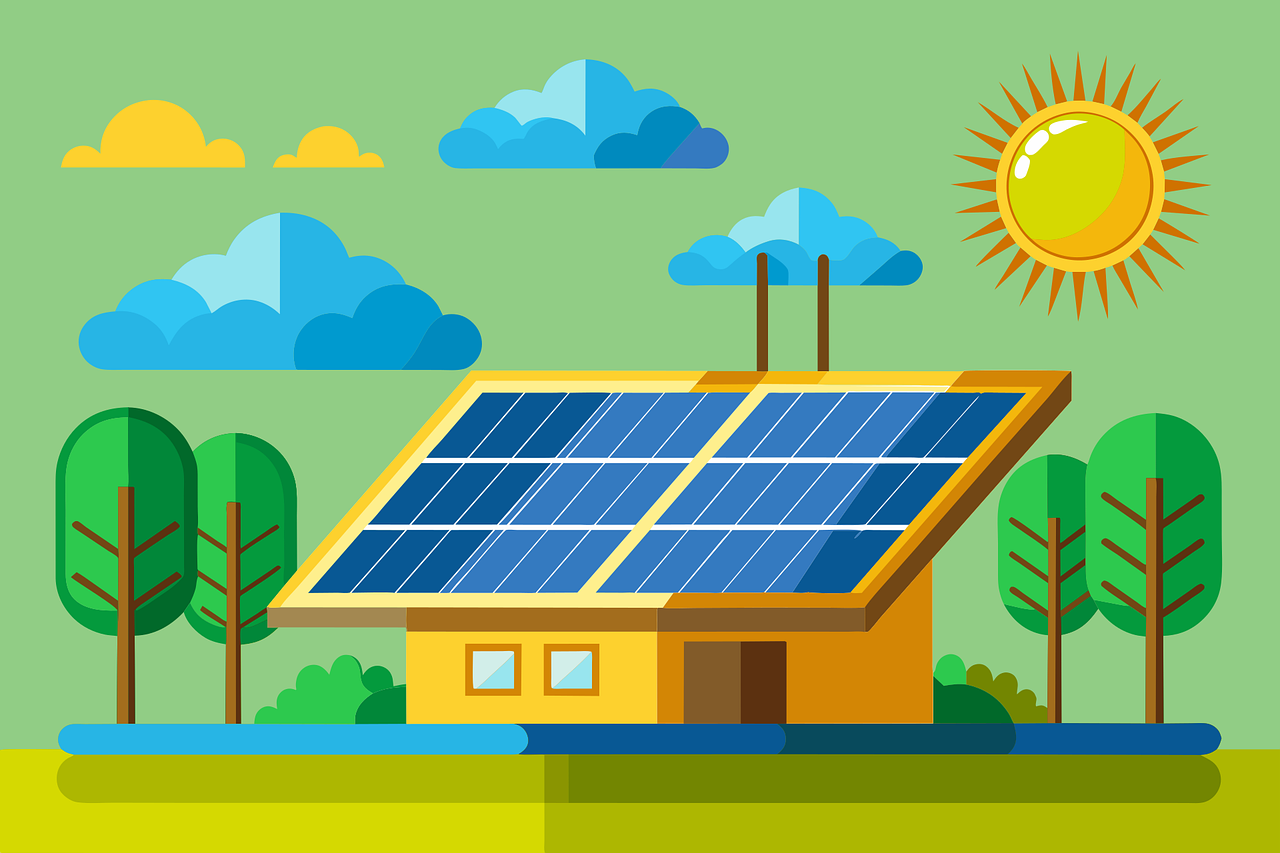Table of Contents
ToggleIntroduction
Understanding Clean Energy
Clean energy, often referred to as renewable energy, is derived from natural processes that are continuously replenished. Unlike fossil fuels, which are finite and contribute to environmental pollution, these energy sources are sustainable and have a minimal impact on the planet. Solar energy harnesses sunlight, wind energy captures the power of the wind, and hydropower utilizes the flow of water. Other notable renewable energy sources include geothermal energy, which taps into the Earth’s internal heat, and biomass energy, derived from organic materials.
The Benefits of Clean Energy
- Environmental Protection: These energy significantly reduces greenhouse gas emissions, which are the primary drivers of climate change. By replacing coal, oil, and natural gas with renewable sources, we can mitigate air and water pollution, protect ecosystems, and preserve biodiversity.
- Economic Growth: This energy sector has become a major driver of job creation and economic development. As demand for renewable energy technologies grows, so does the need for skilled workers in manufacturing, installation, and maintenance. According to the International Renewable Energy Agency (IRENA), renewable energy jobs could reach 42 million globally by 2050.
- Energy Independence: Relying on domestic clean energy sources can enhance national security by reducing dependence on imported fossil fuels. Countries can leverage their natural resources to produce energy, thus mitigating the risks associated with geopolitical tensions and price volatility in global energy markets.
- Health Benefits: Reducing air pollution from fossil fuels can have significant public health benefits. Cleaner air can lead to lower rates of respiratory and cardiovascular diseases, ultimately decreasing healthcare costs and improving overall quality of life.
Challenges and Solutions
Despite its numerous advantages, the transition to renewable energy is not without challenges. These include the initial costs of renewable energy infrastructure, technological limitations, and regulatory hurdles. However, several solutions can help overcome these obstacles:
- Investment and Incentives: Governments and private sectors need to invest in research and development to enhance the efficiency and affordability of renewable energy technologies. Financial incentives such as tax credits, subsidies, and grants can encourage businesses and individuals to adopt renewable energy solutions.
- Grid Modernization: Upgrading the existing power grid to accommodate the intermittent nature of renewable energy sources is essential. Advanced grid technologies, such as smart grids and energy storage systems, can improve the reliability and stability of clean energy supply.
- Policy and Regulation: Implementing supportive policies and regulations can accelerate the deployment of renewable energy. Governments should set ambitious renewable energy targets, enforce emissions reduction mandates, and streamline permitting processes for renewable energy projects.
- Public Awareness and Education: Raising awareness about the benefits of clean energy and educating the public on energy conservation practices can drive consumer demand for renewable energy solutions. Community engagement and grassroots initiatives can play a pivotal role in promoting clean energy adoption.
Conclusion
The transition to renewable energy is not just an environmental imperative but also an economic and social opportunity. By embracing renewable energy sources, we can create a sustainable future that fosters economic growth, enhances public health, and ensures energy security. The path to a clean energy future requires collective action from governments, businesses, and individuals alike. Together, we can harness the power of clean energy to build a resilient and thriving planet for generations to come.

